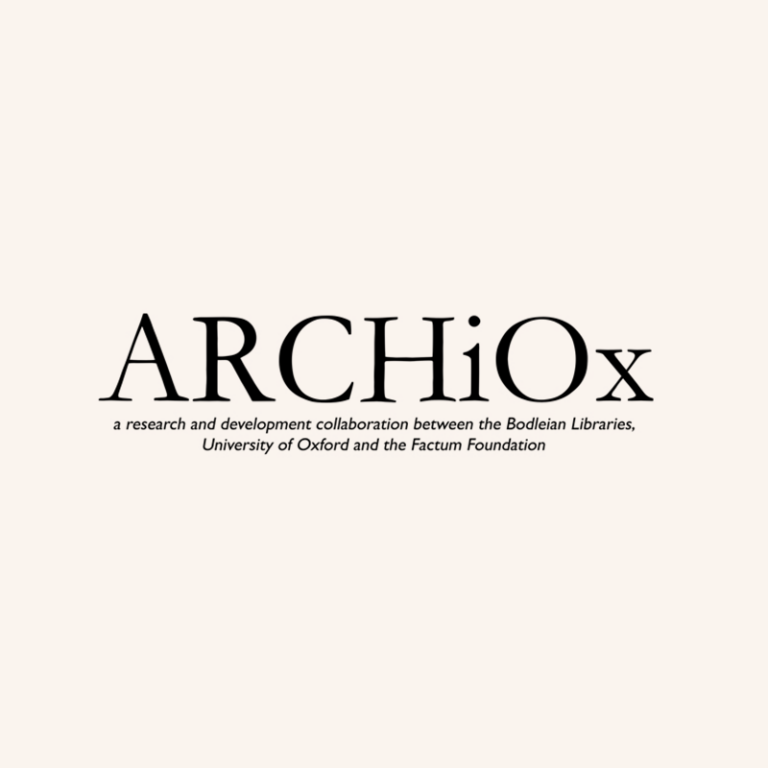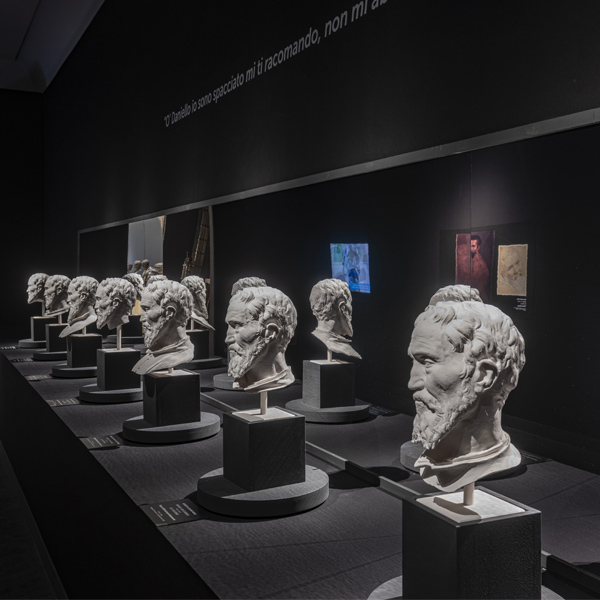What We Do
We also use a combination of digital and physical materialisation as the base materials for creativity and for the transformation of objective reality, exploring the history of objects in ways which enhance and problematise our understanding of the originals. Our work is based on a unique combination of traditional craftsmanship, frontier technology, and local partnerships. We are deeply committed to our principles of innovation, exceptional documentation, preservation and dissemination of cultural heritage so all can analyse, research, and learn.
PRESERVATION
The quality of Factum Foundation’s recordings offers a direct response to those who believe that digital formats are by nature impoverishing; they require, and allow, a new digital connoisseurship. We are able to digitally capture and present accurate shape, colour and surface detail, ensuring that a virtual copy of the recorded object exists and is archived at a resolution high enough to be part of its condition report – and, if needed, be used to create an exact facsimile or as a base for digital restorations. Our approach to preservation is rigorously non-invasive and all our recording technologies are developed according to conservation standards.
TRAINING
Factum Foundation takes an open, non-proprietary approach to skills and technologies, aiming to teach the expert recording of cultural heritage objects and sites as widely as possible. We focus particularly on transferring skills and technologies to communities outside European and North American institutions and traditions of cultural heritage, developing and sustaining long-term, mutually informative relationships. We are ultimately aiming to make our partners self-sufficient in their use of recording technologies. We also seek to integrate digital restoration into mainstream academic and professional conservation practice worldwide.
INSTITUTIONAL COLLABORATIONS
We collaborate closely with museums, galleries, cultural institutions, and academic organisations worldwide. These collaborations involve sharing expertise, knowledge, and resources to undertake joint projects focused on the preservation, documentation and research of cultural heritage. Our partnerships enhance the capabilities of institutions by providing access to advanced technologies, expertise and collaborative research opportunities. We aim to strengthen the global network of cultural heritage preservation and foster a collective approach to safeguarding and promoting cultural heritage.
EXHIBITIONS & conferences
We collaborate closely with museums, galleries, cultural institutions, and academic organisations worldwide. These collaborations involve sharing expertise, knowledge, and resources to undertake joint projects focused on the preservation, documentation and research of cultural heritage. Our partnerships enhance the capabilities of institutions by providing access to advanced technologies, expertise and collaborative research opportunities. We aim to strengthen the global network of cultural heritage preservation and foster a collective approach to safeguarding and promoting cultural heritage.
RESEARCH
New technologies for capturing and reproducing reality are radically changing the way we perceive and engage with our cultural environment. This is attracting the attention of a growing number of disciplines and is opening unprecedented directions for research and stewardship in the fields of historic preservation and heritage management.















